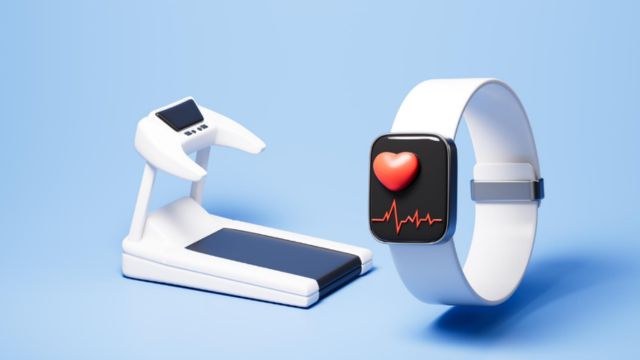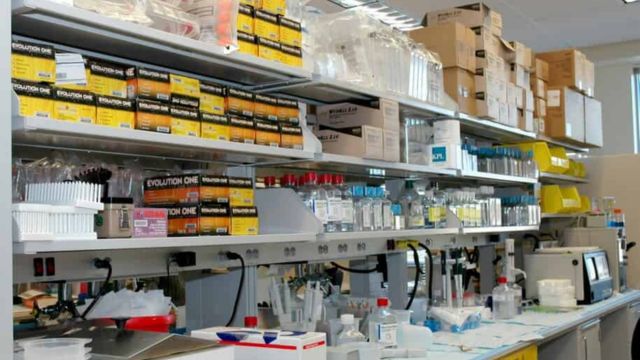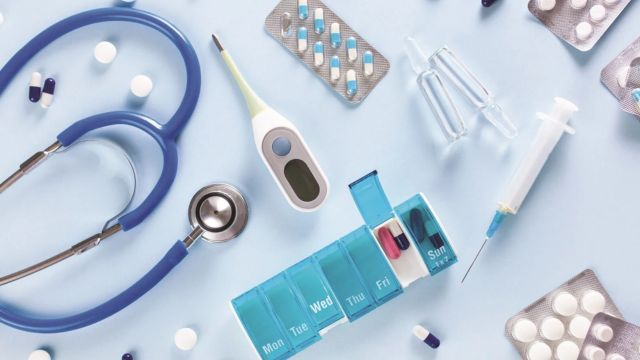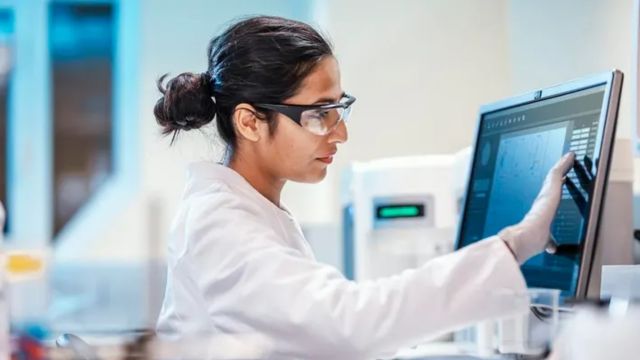Wearable medical devices have revolutionized healthcare by enabling continuous monitoring of patient health and facilitating proactive medical care. Clinical engineers play a pivotal role in improving the design, functionality, and performance of these devices. With advancements in technology, the role of clinical engineers has become even more crucial in ensuring these devices are effective, reliable, and meet the stringent regulatory standards.
What Are Wearable Medical Devices?
Wearable medical devices refer to portable technologies that are worn by patients to monitor, diagnose, or treat medical conditions. These devices collect real-time health data, such as heart rate, blood pressure, blood glucose levels, and even body temperature, to aid in the management of chronic conditions like diabetes, hypertension, or cardiovascular diseases.
Examples of wearable medical devices include:
- Smartwatches with health monitoring functions
- Wearable ECG monitors
- Continuous glucose monitoring systems (CGM)
- Wearable insulin pumps
- Oxygen saturation monitoring devices
The demand for these devices is growing rapidly due to their convenience, real-time data collection, and the increasing need for personalized care.
The Role of Clinical Engineers in Enhancing Wearable Devices
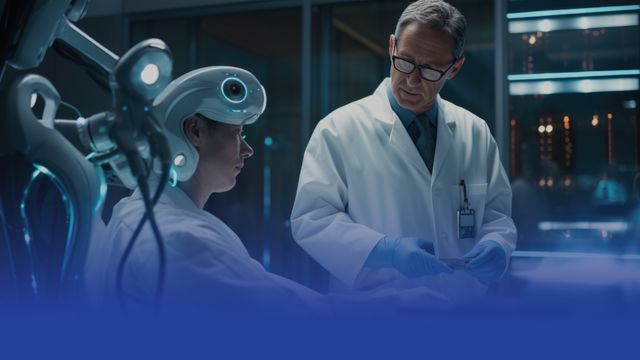
Clinical engineers are professionals who specialize in the application of engineering principles to healthcare technology. Their expertise lies in optimizing medical devices to ensure they perform at their best and are safe for patient use. For wearable medical devices, clinical engineers contribute in the following ways:
Device Design and Development
Clinical engineers are involved in the early stages of wearable device development, ensuring the design is user-friendly, ergonomic, and functional. Their work ensures that the device is comfortable for long-term use and doesn’t interfere with the patient’s daily activities. For instance, a wearable ECG monitor must be lightweight and comfortable, allowing users to wear it for extended periods without irritation.
Integration with Other Health Technologies
Wearable medical devices don’t function in isolation. They often need to integrate with other technologies, such as electronic health records (EHRs), cloud-based platforms, or mobile health applications. Clinical engineers work to ensure these devices can seamlessly transmit data to healthcare providers for continuous monitoring and immediate intervention if necessary.
They also ensure that these devices are interoperable with other medical equipment, creating a comprehensive network of devices that provide holistic patient care. For example, a wearable glucose monitoring system might need to integrate with a patient’s insulin pump, adjusting insulin delivery in real time based on blood sugar levels.
Ensuring Regulatory Compliance
Clinical engineers are responsible for ensuring that wearable medical devices meet regulatory standards set by health authorities such as the FDA (Food and Drug Administration) or EMA (European Medicines Agency). They conduct rigorous testing to confirm that the device complies with these regulations and maintains high-quality standards for safety and effectiveness. This involves ensuring the devices meet requirements for performance, biocompatibility, and electrical safety.
Performance Optimization and Reliability Testing
One of the key responsibilities of clinical engineers is to perform extensive performance testing. This ensures the device’s accuracy in collecting and transmitting health data. For example, continuous glucose monitors need to be reliable, providing accurate glucose readings at all times, even under challenging conditions such as sweating or physical activity.
They perform ongoing reliability testing to identify potential faults in the system, whether it’s related to the hardware (e.g., battery life, sensor accuracy) or the software (e.g., data synchronization, app compatibility). Through testing and optimization, they help improve device longevity and ensure consistent performance over time.
Maintenance and Troubleshooting
After a wearable medical device is deployed, clinical engineers play a crucial role in maintaining the device’s performance. They troubleshoot issues related to hardware malfunctions, software bugs, or data synchronization problems. Through regular maintenance and firmware updates, clinical engineers ensure that these devices continue to function optimally, delivering accurate and real-time data to patients and healthcare providers.
User Training and Support
Clinical engineers also provide critical support in training healthcare providers and patients on how to use wearable medical devices effectively. For instance, a patient using a continuous glucose monitoring system must understand how to wear the device, interpret the data, and adjust lifestyle habits accordingly. Clinical engineers provide clear instructions and troubleshooting guidance to ensure users can fully benefit from the device.
The Future of Wearable Medical Devices and Clinical Engineering
As wearable medical technology continues to evolve, the role of clinical engineers will become even more significant. Future advancements might include:
- Smarter Wearables: Devices that use artificial intelligence (AI) to predict health events before they happen, providing real-time alerts.
- Biosensors: More sophisticated biosensors that can track multiple health metrics simultaneously, enhancing the accuracy and scope of health monitoring.
- 5G Integration: Faster data transmission that allows healthcare providers to monitor patients in real time from anywhere, improving response times during emergencies.
- Miniaturization: Smaller and more discreet devices that offer the same functionality without being bulky or obtrusive.
Clinical engineers will continue to drive innovation in these areas, ensuring that wearable devices meet the evolving needs of both patients and healthcare professionals.
At JandJSupplies, we strive to provide valuable insights and solutions related to medical supplies and clinical engineering. Stay informed with the latest news, advancements, and trends in the healthcare industry by exploring our resources and articles. Whether you’re looking for expert tips, innovative technologies, or reliable medical supplies, we are here to help. Visit us today and stay ahead in healthcare innovation.
FAQs
What is the role of clinical engineers in the development of wearable medical devices?
Clinical engineers ensure that wearable medical devices are designed for ease of use, meet regulatory standards, and are optimized for accurate performance and integration with other health technologies.
How do clinical engineers test the performance of wearable devices?
They conduct rigorous reliability and performance tests to ensure the devices collect accurate data under various conditions and continue to function effectively over time.
Why are wearable medical devices important for healthcare?
These devices enable continuous, real-time monitoring of a patient’s health, allowing for proactive care and early intervention, particularly for chronic conditions.
How do wearable devices integrate with other healthcare technologies?
Wearable medical devices connect to electronic health records and other medical equipment to provide a complete and integrated health monitoring system.
What’s next for wearable medical devices?
The future of wearable devices includes innovations like AI integration for predictive health monitoring, miniaturized designs, and better connectivity for real-time data sharing with healthcare providers.

